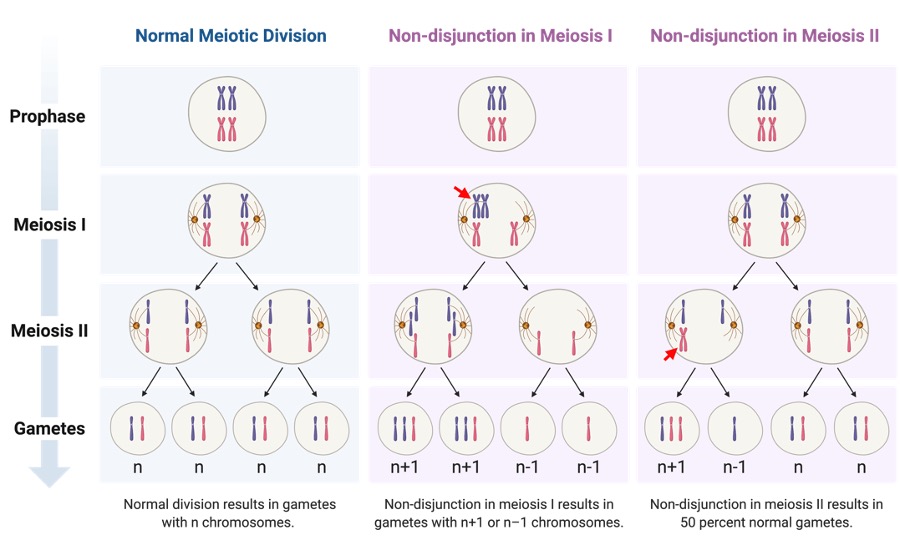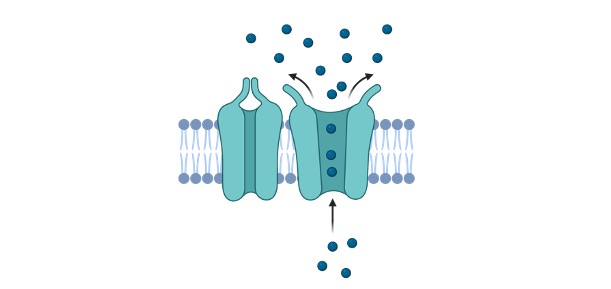Table of Contents
Polyploidy Definition
Polyploidy is the heritable condition of possessing more than two complete sets of chromosomes. Polyploids are common among plants, as well as among certain groups of fish and amphibians.
What is Polyploidy?
The number of chromosomal sets present in an organism is called ploidy. Polyploidy state characterizes the presence of more than 2 sets of homologous chromosomes in a diploid organism’s nucleus. It may occur due to the non-disjunction of chromosomes in the anaphase stage of the Meiosis stage leading to chromosomal aberrations.
N denotes each set of chromosomes. The different ploidy situations that occur are haploid (n), diploid (2n), triploid (3n), tetraploid (4n), pentaploid (5n), hexaploidy (6n), heptaploid (7n), and octaploid (8n).

In the case of humans, we have 2 sets of chromosomes meaning that we are diploid. Homologous chromosomes form a pair and have homologous sites on them. Somatic cells are diploid, while the gametes produced by meiosis are haploid.

Polyploidy is generally observed commonly in plants, in certain amphibians, and in fish. In plants, the progeny has more chromosome set than its parents due to non-disjunction or failure of segregation of chromosomes properly during the anaphase stage.
As a result, the diploid parent may produce polyploid offsprings. An organism can survive with a polyploid condition but the pairing of chromosomes cannot occur in meiosis and thus no gametes can be produced, due to which they cannot reproduce.
Polyploidy in especially plants is responsible for increased variations and diversity with traits like resistance to diseases, and an increase in size. They help to increase the genetic diversity of a population.
Mutation Frequency
Mutations produce alterations in the gene sequences and if these are not repaired they may be inherited. Mutagens cause mutations by different mechanisms and these can damage DNA or cause chromosomal defects. With the exception of external mutagens, mutations are rare events.
If mutation leads to dysfunctional genes then they will be expressed in recessive states. DNA repair systems function to repair the damaged region by a different mechanism.
Mutation can also be induced artificially by chemical or physical mutagens in experiments to study their effects on organisms. These mutagens increase the rate of mutations leading to different mutations like SNP and frameshift mutations.
Some particular species are prone to mutation either due to their geographical position and ethnic origin. UV light, radioactive materials, and X-rays are mutagens that increase the mutation rate.
Genetic mutations along with recombinations produce new variations that are essential for evolutionary processes like natural selection.
Polyploidy Citations
- The polyploidy and its key role in plant breeding. Planta . 2016 Feb;243(2):281-96.
- Polyploidy in Cardiomyocytes: Roadblock to Heart Regeneration? Circ Res . 2020 Feb 14;126(4):552-565.
- Polyploidy in liver development, homeostasis and disease. Nat Rev Gastroenterol Hepatol . 2020 Jul;17(7):391-405.
- Figures are created with BioRender.com







